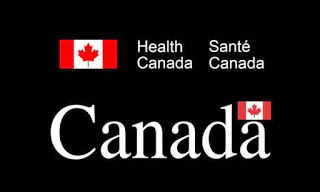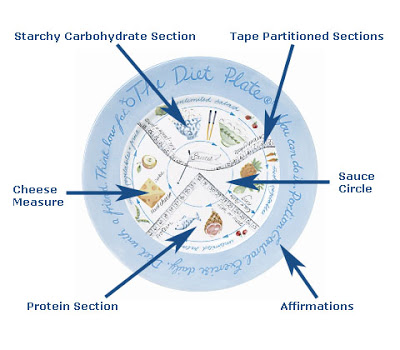Just how common is obesity in Canada, and is it really a growing problem?
The 2020 Canadian Obesity Guidelines Epidemiology chapter addresses these questions.
Here are some stats:
- Obesity affected 26.4% or 8.3 million Canadian adults in 2016.
- The prevalence of obesity in Canada has risen dramatically, increasing three-fold since 1985.
- Severe obesity (BMI≥ 35 kg/m2), the fastest growing obesity sub-group, increased disproportionately over this same time period. Since 1985, severe obesity increased 455% and affects an estimated 1.9 million Canadian adults.
- Overweight, defined as a BMI between 25 and 29.9 kg/m2, affected an additional 34%, or 10.6 million adults in Canada.
Note: adding it up, obesity and overweight together affects the majority of Canadian adults. - One in three children/youth between 6-17 years old are considered to have overweight or obesity, an increase from 1 out of 4 in 1978/79.
- The prevalence of obesity among boys, in particular adolescent boys is significantly higher than for adolescent girls (16.2% versus 9.3%).
What is the economic cost of obesity?
- Obesity affects individuals, families and society. The economic burden is significant. In 2014, the global economic impact of obesity was estimated to be US $2.0 trillion or 2.8% of the global GDP.
- In Canada, obesity and its related illnesses result in a large cost to society due to increases in direct (i.e., physician, hospital, ER use) and indirect costs (i.e., lost productivity, absenteeism, disability), estimated to be $7.1 billion in 2010.
Recommendations:
- We recommend that health care providers recognize and treat obesity as a chronic disease, caused by abnormal or excess body fat accumulation (adiposity), that impairs health, with increased risk of premature morbidity and mortality.
- The development of evidence-informed strategies at the health system and policy level can be directed at managing of obesity in adults.
- Continued longitudinal national and regional surveillance of obesity that includes self-reported and measured data (i.e., heights, weights, waist circumference) may be collected on a regular basis.
NOTE: This blog is not intended to be a full synopsis of the chapter. There is a wealth of information in this chapter that is beyond the scope of one blog post. I encourage everyone to read the recommendations and key messages in full, and to dig in to the entire chapter!
Stay tuned for much more on the Obesity Guidelines in coming weeks!
Share this blog post using your favorite social media link below!
Follow me on twitter! @drsuepedersen
www.drsue.ca © 2020












